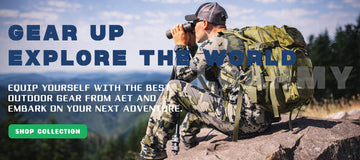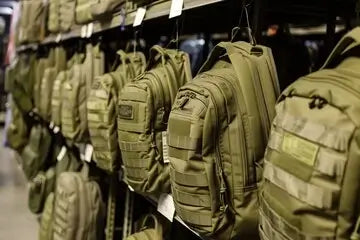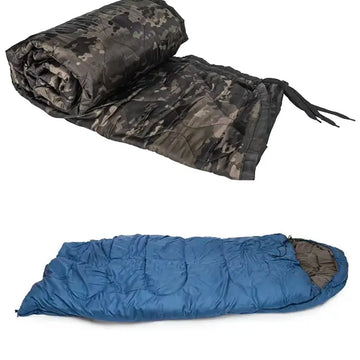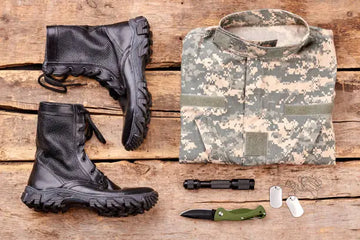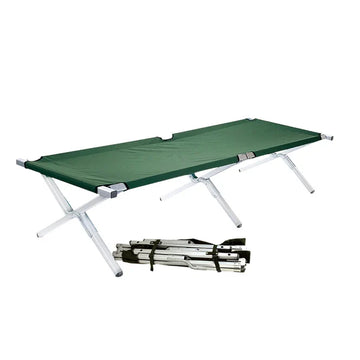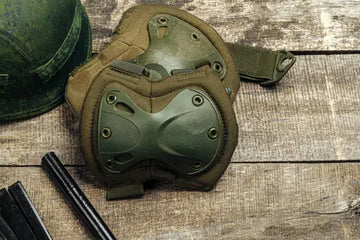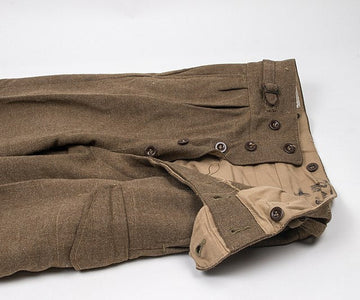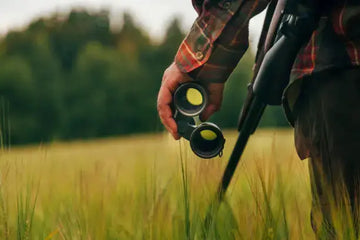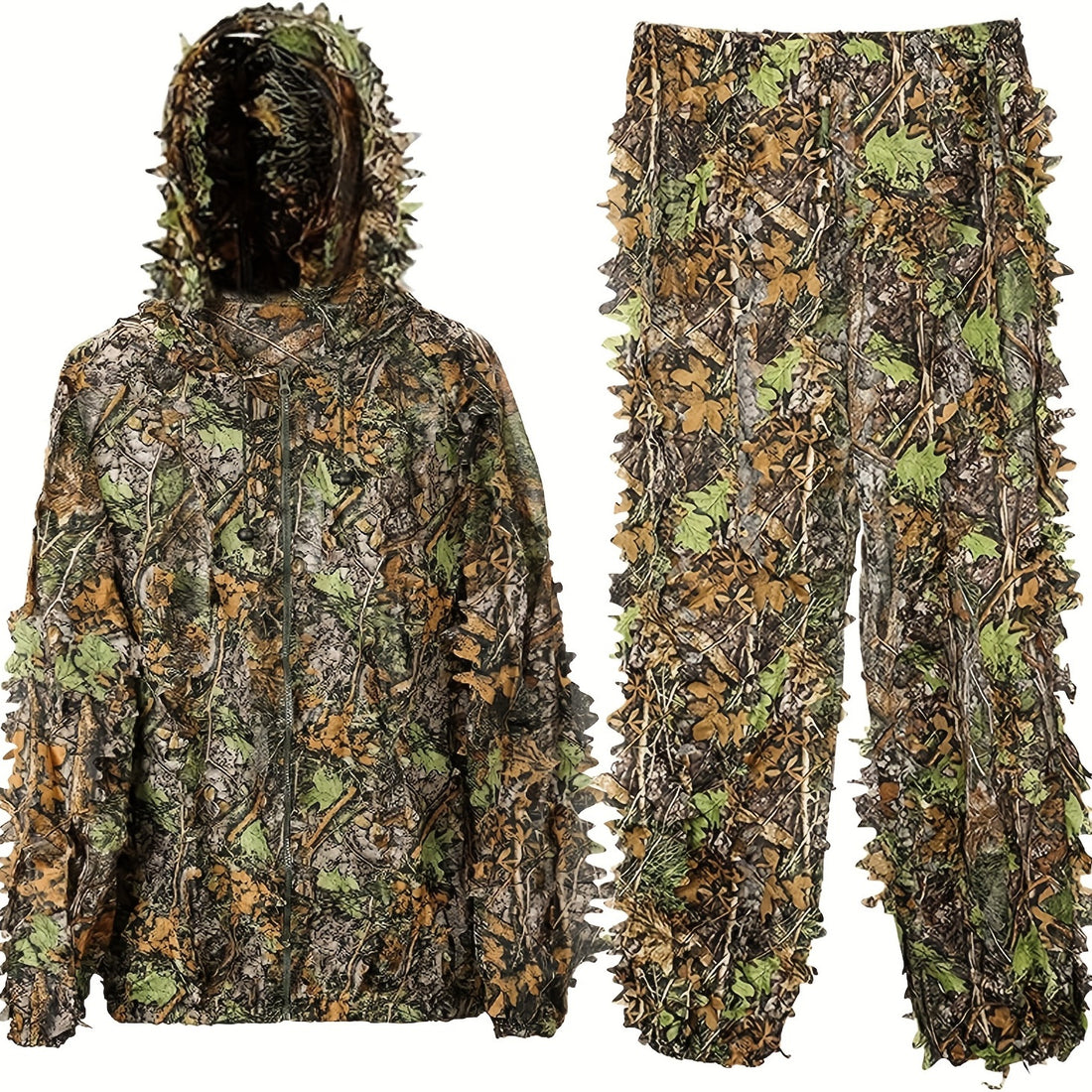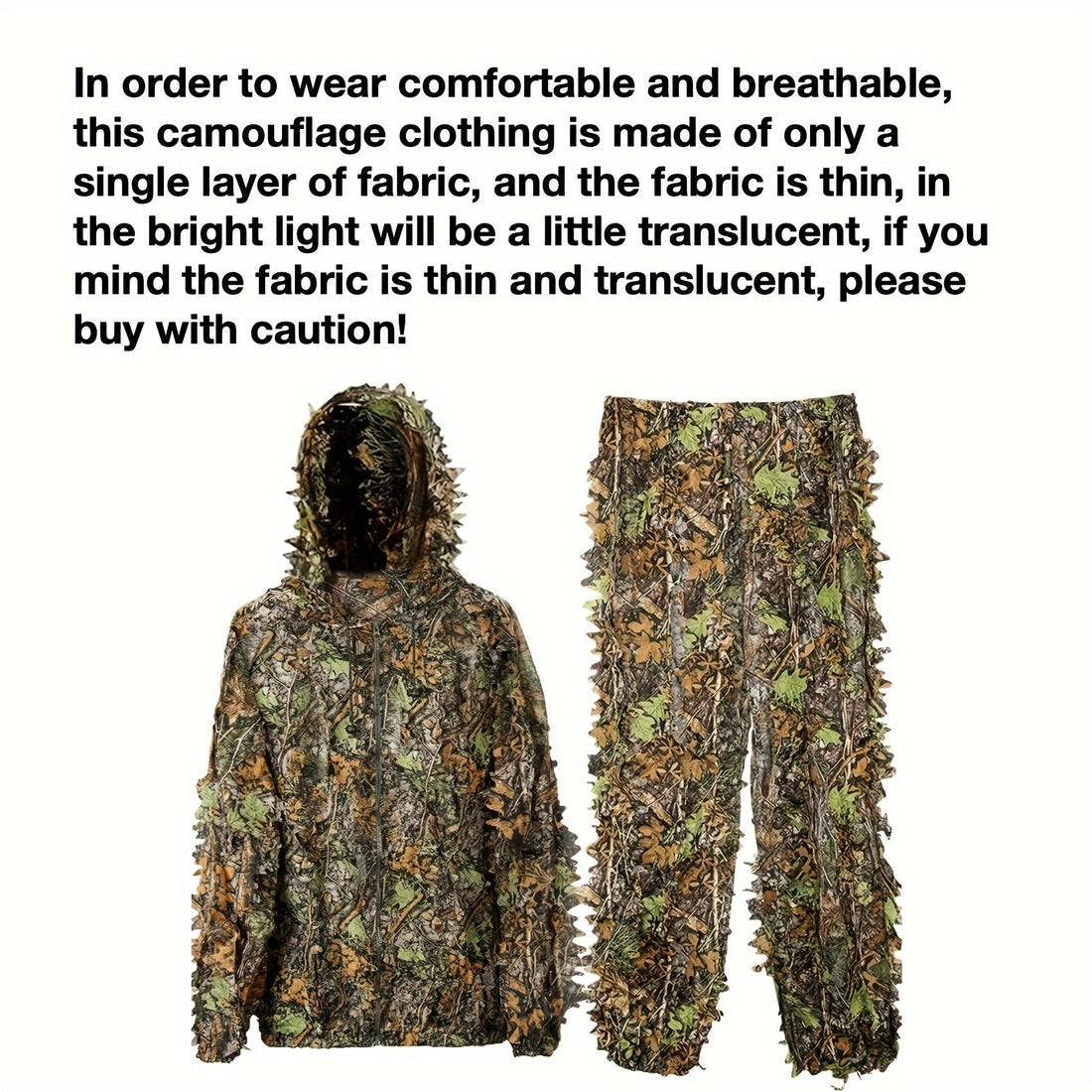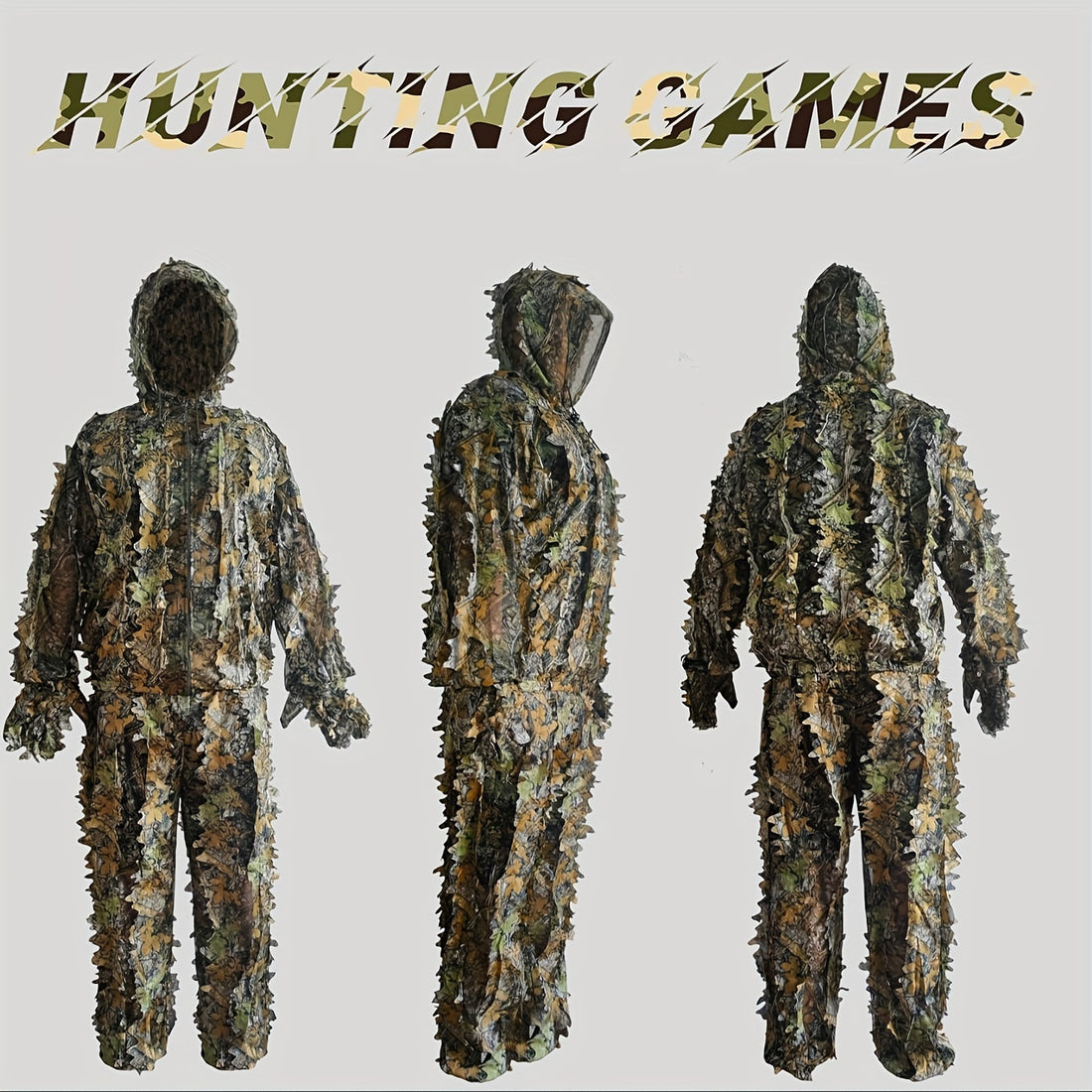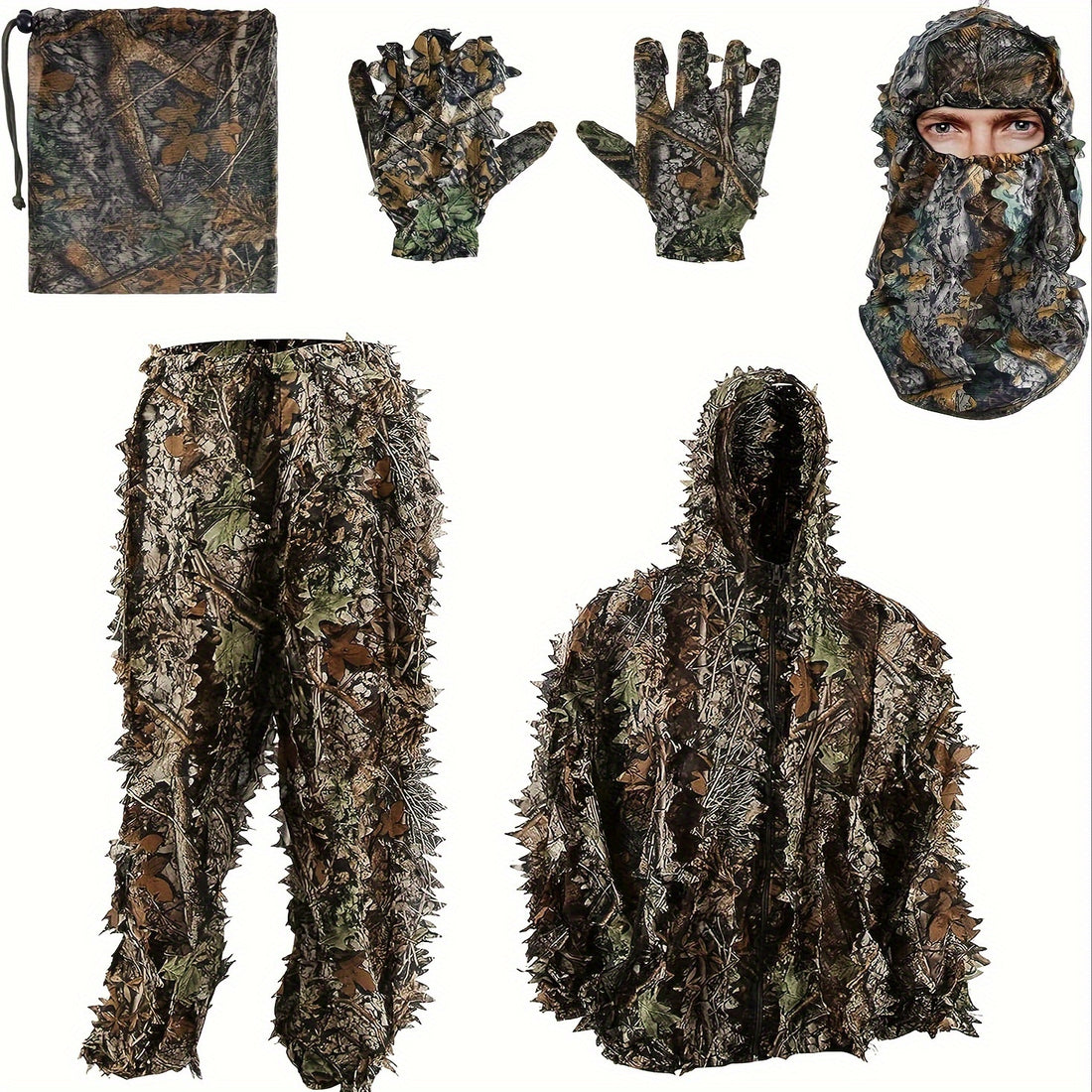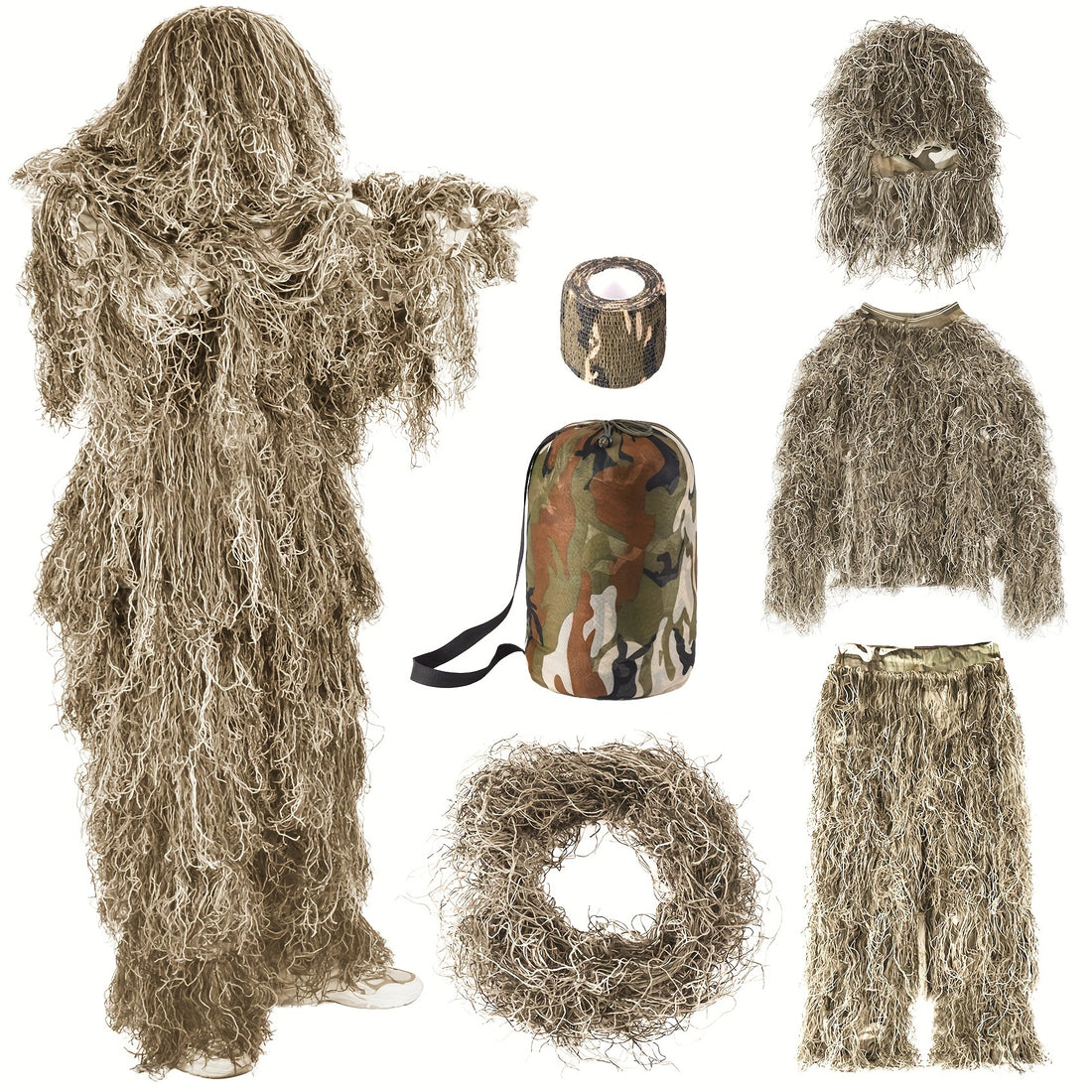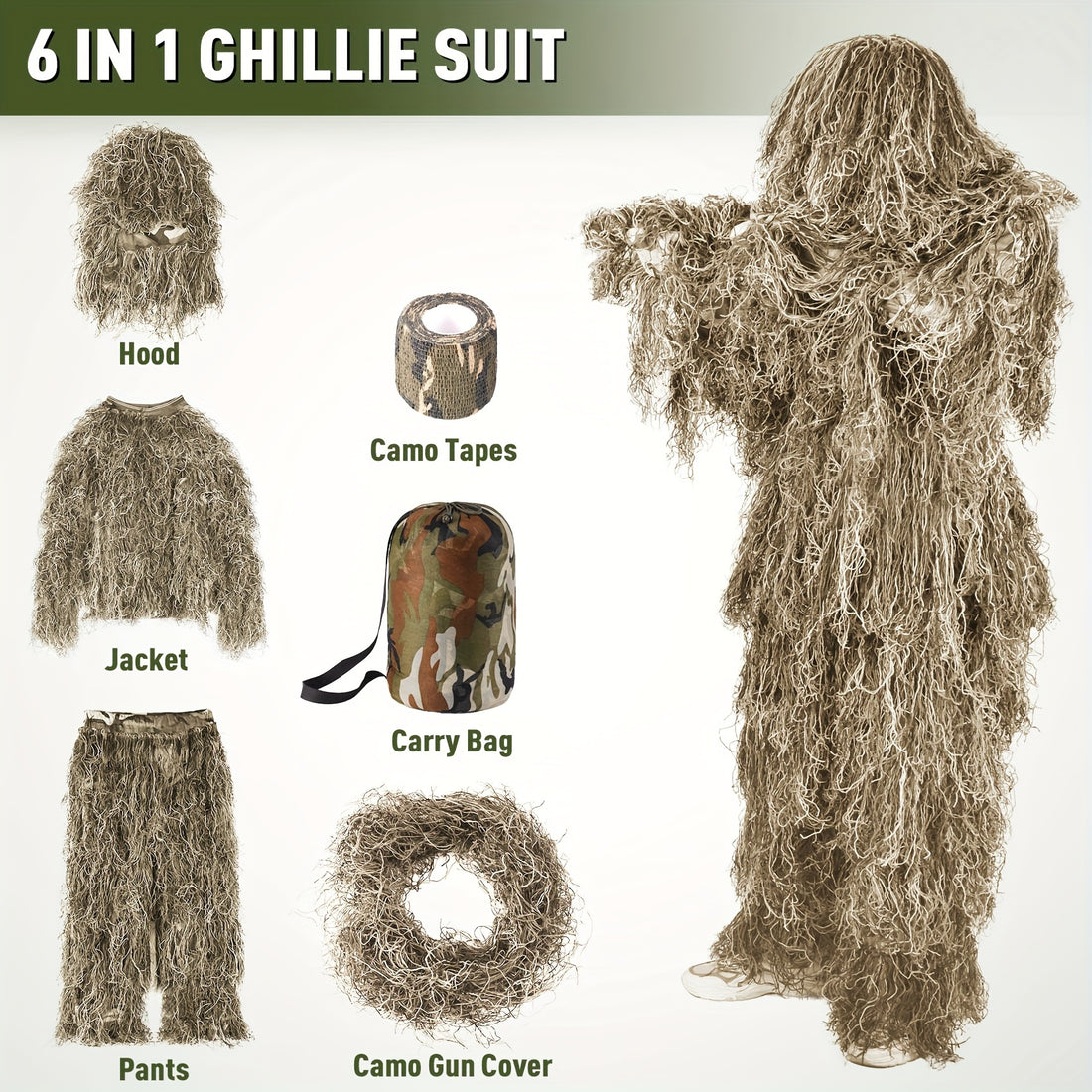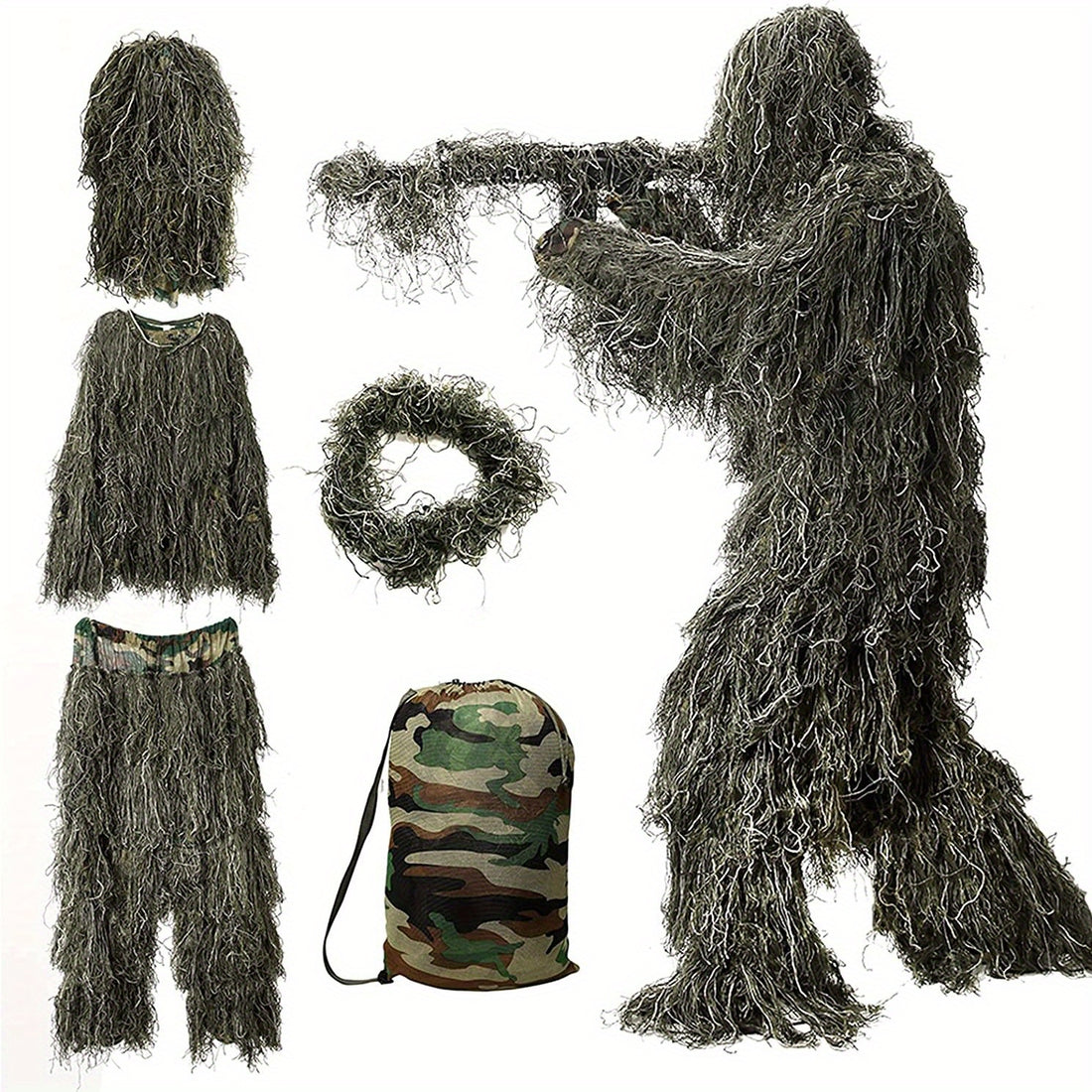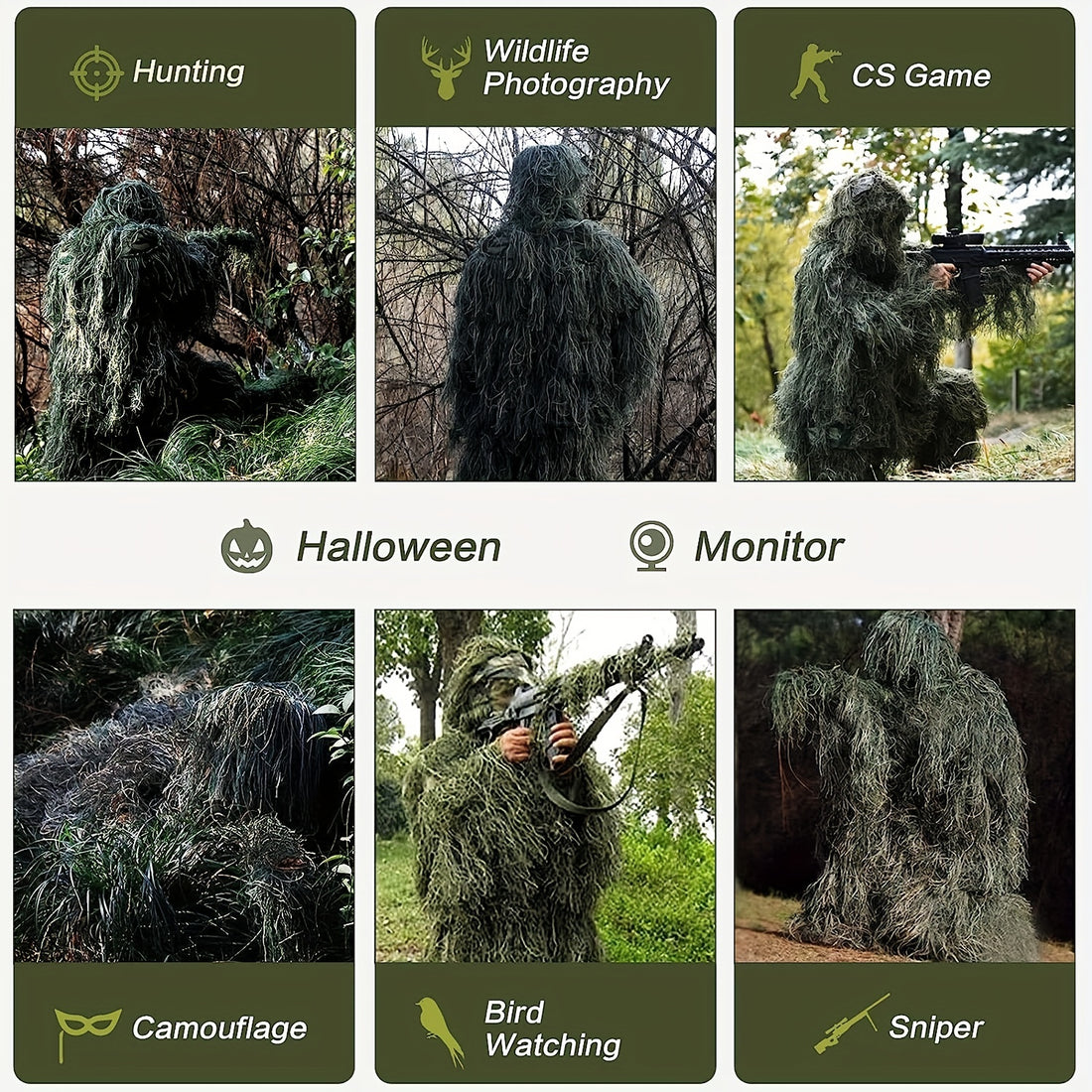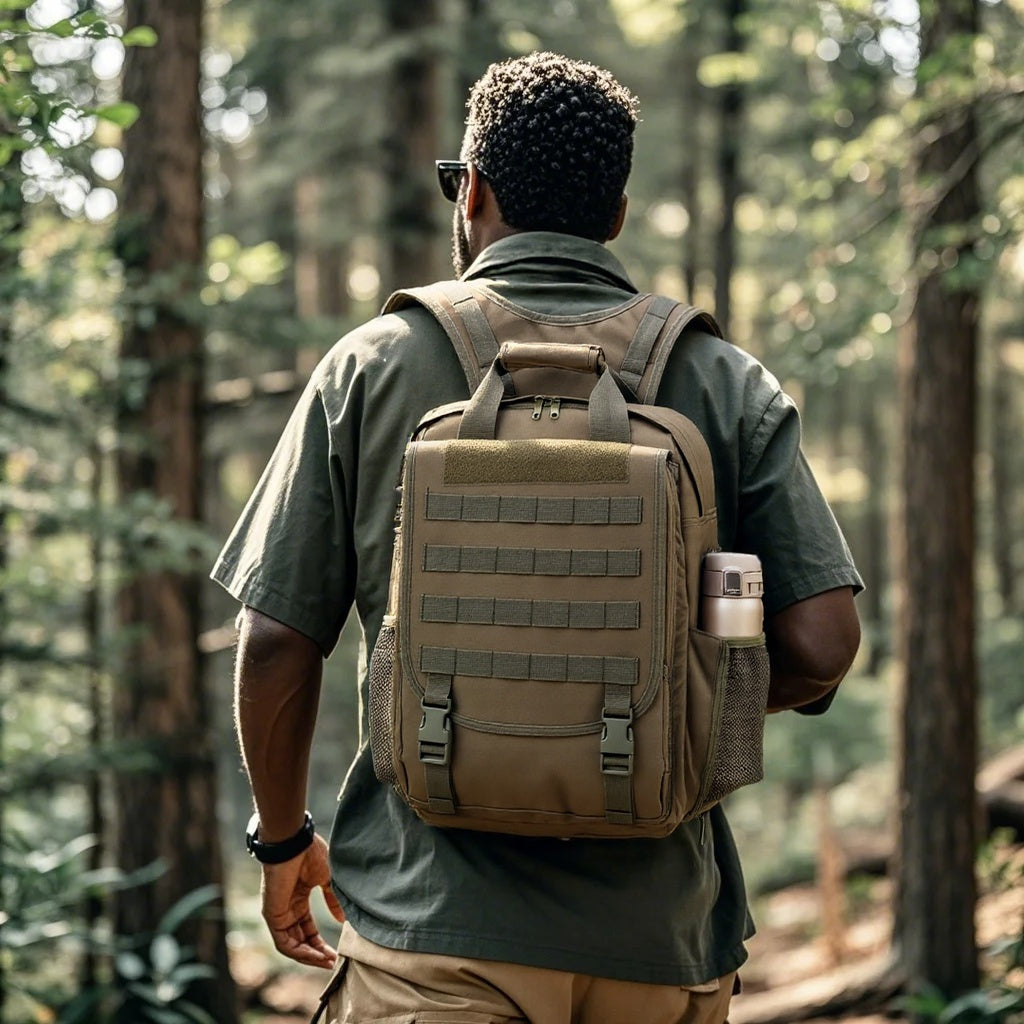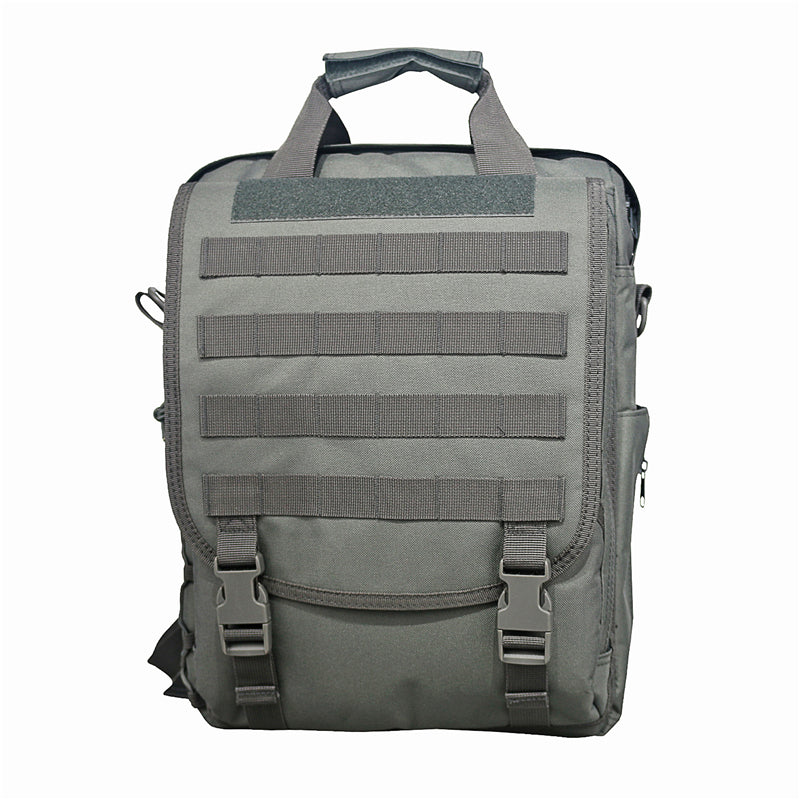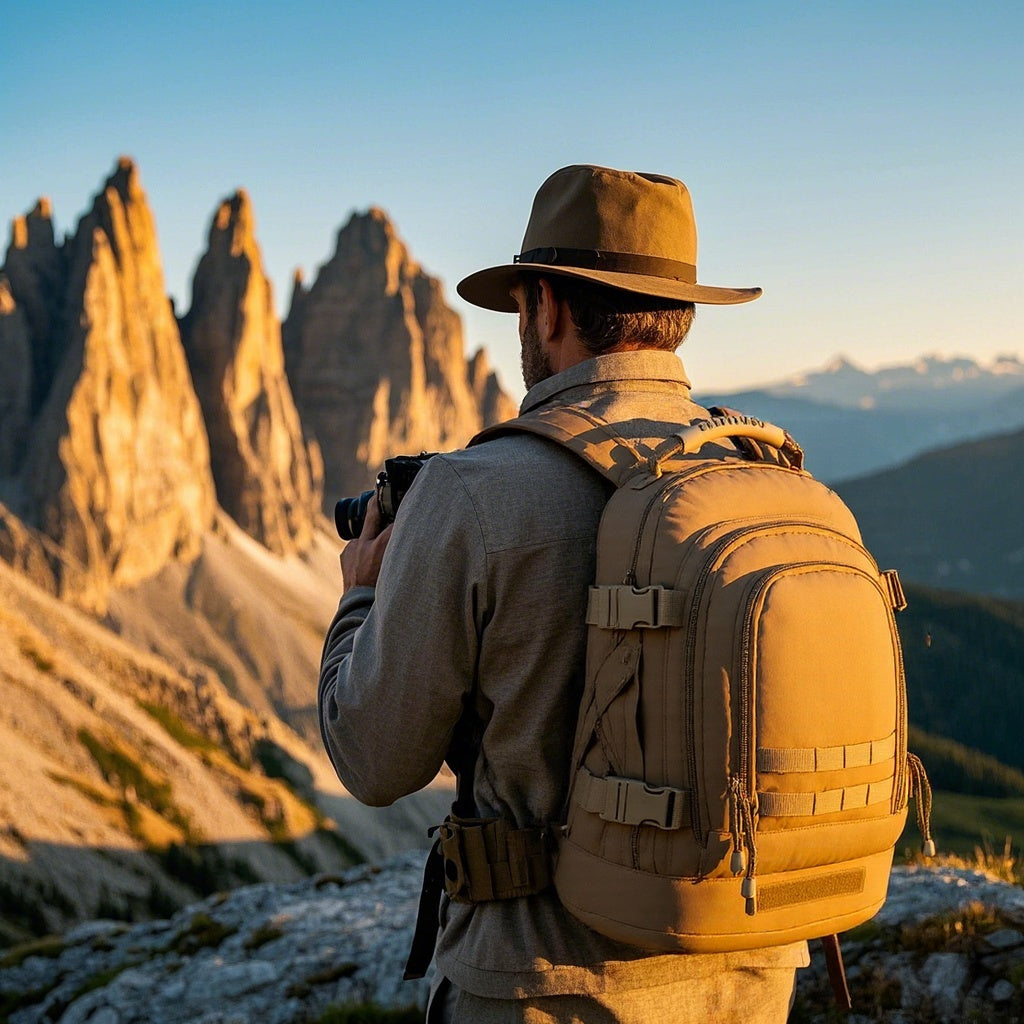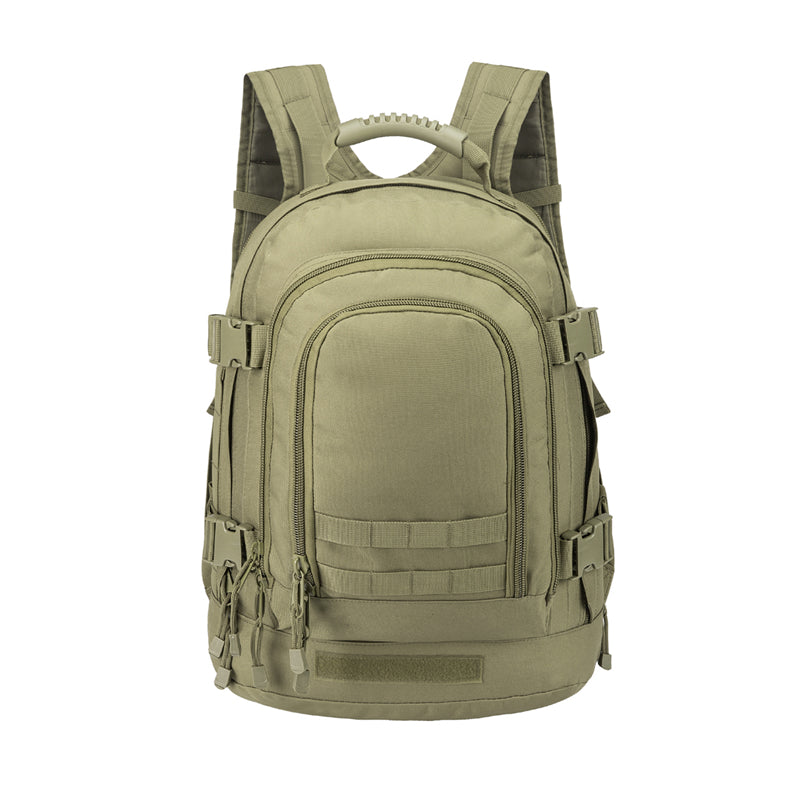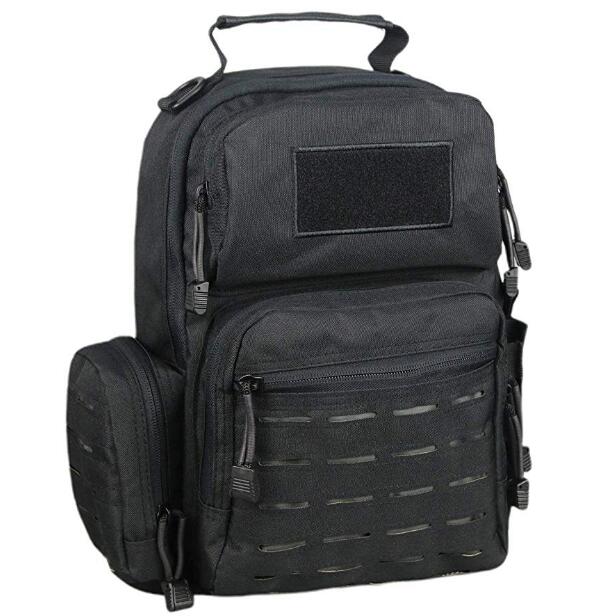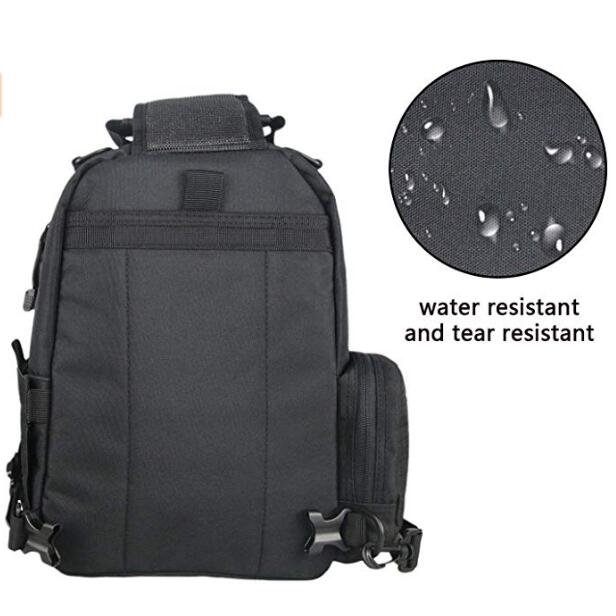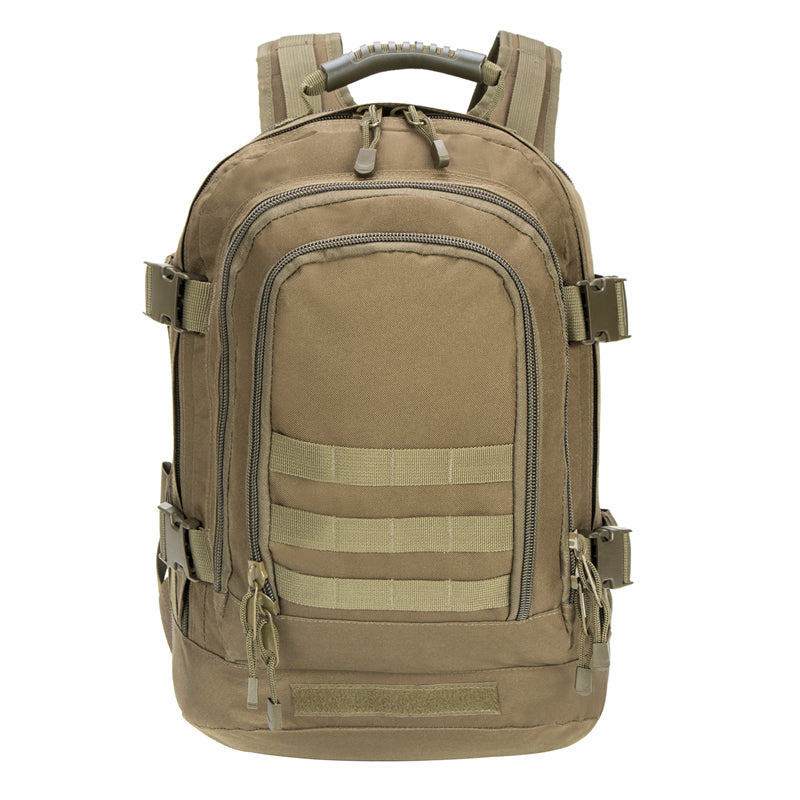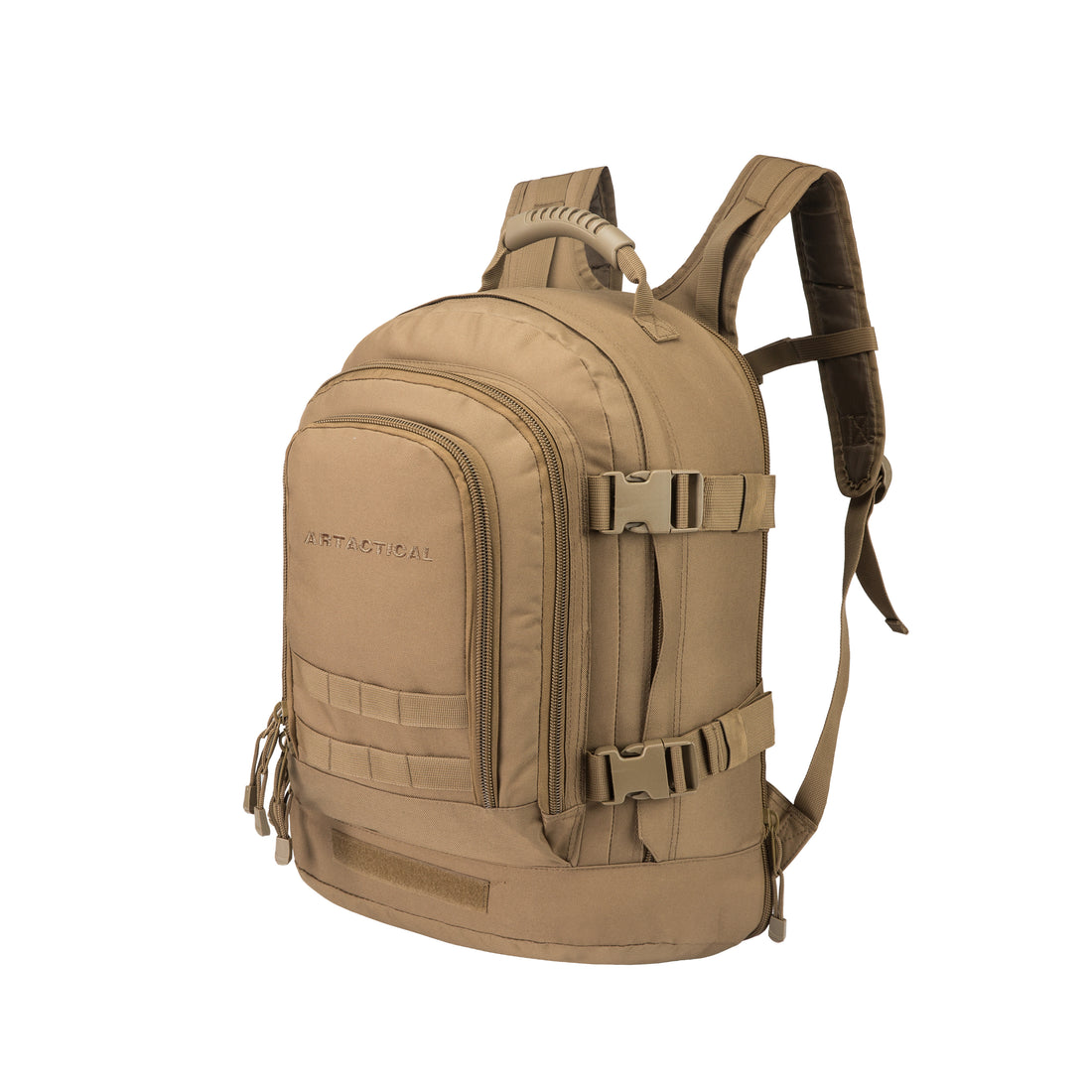Selecting the right tactical backpack is a balance between having enough space for your gear and maintaining mobility and comfort. One critical factor in this decision is capacity, measured in liters (L).
This guide will help you understand tactical backpack capacities, from compact daypacks to expedition-sized loads, so you can choose the perfect pack for your mission, whether it's a day hike, a multi-day operation, or daily commuting.
Understanding Tactical Backpack Capacity
Capacity refers to the total internal volume of a backpack, measured in liters. It encompasses the main compartment and all integrated pockets. It's important to distinguish this from the pack's external dimensions (its "size").
A pack's listed capacity, like 30L, is a standardized volume measurement that allows for easy comparison between models.

How is Backpack Capacity Measured?
Understanding how capacity is calculated can help you compare packs more effectively. The total volume in liters is measured by filling the main compartment and all pockets with small, standardized pellets and then pouring them into a graduated container. This accounts for the usable space in irregularly shaped compartments.
For those curious about the math, you can estimate a pack's volume yourself:
- Measure the length, width, and depth (or height) of the main compartment in centimeters.
- Multiply these three numbers: Length x Width x Depth = Volume in Cubic Centimeters (cc).
- Convert cubic centimeters to liters by dividing by 1,000: cc / 1,000 = Liters.
Example: A compartment that is 50 cm tall, 30 cm wide, and 20 cm deep has a volume of 50 x 30 x 20 = 30,000 cc, which is 30,000 / 1,000 = 30 liters.
In practice, manufacturers follow a standardized testing procedure, such as the ASTM F2153 standard, to ensure consistent and comparable capacity ratings across the industry.

Shop our tactical bags
How to Choose the Right Tactical Backpack Sizes
Your ideal backpack capacity depends on three key factors:
- Duration of Activity: How long will you be out? A short day trip requires far less gear than a 3-day excursion.
- Gear Requirements: What are you carrying? Bulky items like sleeping bags, extra clothing, and specialized equipment demand more space.
- Personal Comfort: A pack that is too large will be heavy and cumbersome; one that is too small will force you to leave essentials behind.
The following breakdown will help you match your needs to the correct capacity.
1. Compact Packs (10L - 24L): For Essentials and Speed
These packs are designed for minimalists and high-mobility activities where every ounce counts.
Ideal For: Everyday Carry (EDC), short day hikes, range trips, bug-out bags, and as an assault pack.
What Fits: Hydration bladder (1-2L), small first-aid kit, flashlight, multi-tool, snacks, lightweight jacket, and a tablet.
Key Features: Often a single main compartment with minimal internal organization. MOLLE webbing is typically limited to the front or sides for attaching small pouches.

2. Versatile Daypacks (25L - 40L): The Do-It-All Range
This is the most popular and versatile capacity range, suitable for a wide array of activities.
Ideal For: Full-day hikes, commute to work, 1-2 day tactical missions, and as a primary travel carry-on.
What Fits: All contents of a compact pack, plus a change of clothes, a laptop (up to 17"), a packed lunch, and more specialized gear like navigation equipment.
Key Features: Multiple compartments for organization, dedicated hydration sleeve, padded laptop compartment, and more extensive MOLLE/PALS webbing for modular customization.
3. Extended Trip Packs (45L - 65L): For Multi-Day Operations
When you need to be self-sufficient for several days, these packs provide the necessary volume without being overly massive.
Ideal For: 2-4 day backpacking trips, extended field missions, and extended travel.
What Fits: Sleeping bag, sleeping pad, compact tent, stove, cookware, food, and multiple changes of clothing, in addition to standard daypack gear.
Key Features: Robust internal frame for load stability, padded and adjustable shoulder straps, thick waist belt to transfer weight to the hips, and compression straps to stabilize the load.
4. Expedition & Deployment Packs (70L+): Maximum Load Capacity
These are the workhorses designed for carrying very heavy loads for long durations or in austere environments.
Ideal For: Week-long expeditions, military deployments, and carrying heavy, bulky equipment like communication gear.
What Fits: Everything from the smaller categories, plus more food, fuel, and group gear. Often used in conjunction with additional externally attached pouches.
Key Features: Heavy-duty frame (often aluminum), multiple access points (top, front, bottom), extensive lashing points, and the most advanced suspension systems for comfort under heavy load.

Key Features to Look For in Any Size
Regardless of capacity, high-quality tactical backpacks share several key features:
- MOLLE/PALS Webbing: This grid of nylon straps allows you to attach compatible pouches, holsters, and accessories, creating a truly modular system.
- Compression Straps: These straps tighten to stabilize a partially full load, preventing gear from shifting during movement.
- Hydration Compatibility: A dedicated sleeve and port for a water bladder is a standard feature.
- Robust Zippers: Look for brands like YKK, known for their durability, especially in #8 or #10 sizes for larger packs.
-
Quality Materials: Fabrics like 500D or 1000D CORDURA® nylon are standard for their excellent abrasion resistance.

FAQs About Tactical Backpack Sizes
Q: What size tactical backpack is best for a 3-day trip?
A: A pack in the 45L-55L range is typically ideal for a 3-day trip, providing enough space for shelter, sleep system, food, and clothing without excessive bulk.
Q: Can I take a 40L backpack on a plane as a carry-on?
A: Generally, yes. Most 40L packs are designed to meet standard airline carry-on size restrictions (typically around 22" x 14" x 9", around 40–45L), but it is always best to check with your specific airline.
Q: Is a 60L backpack too big for a carry-on?
A: Typically, yes. A 60L pack will almost always exceed carry-on dimensions and will need to be checked.
Q: What size backpack is best for a weekend trip?
A backpack with a capacity of 30L to 40L is ideal for a weekend trip. It provides enough space to pack essentials like clothes, toiletries, and snacks without being too bulky.
Q: How much weight should I carry in my backpack?
A common guideline for extended hiking is to carry no more than 20-25% of your body weight. For everyday use, a lighter load is always more comfortable and better for your posture.
Conclusion: Finding Your Perfect Fit
The right tactical backpack is the one that fits both your body and your mission profile. By understanding capacity and how it correlates to your specific needs, you can invest in a pack that will serve you reliably for years to come. Remember to always try on a loaded pack before a major trip to ensure a proper fit and comfort.
A Note for Our Business Partners
With 16+ years of experience, our core business is manufacturing and wholesale. We specialize in producing high-quality, customizable tactical backpacks for distributors, brands, and organizational procurement. If you are interested in a reliable manufacturing partner for your next product line, we invite you to learn more about our capabilities.

